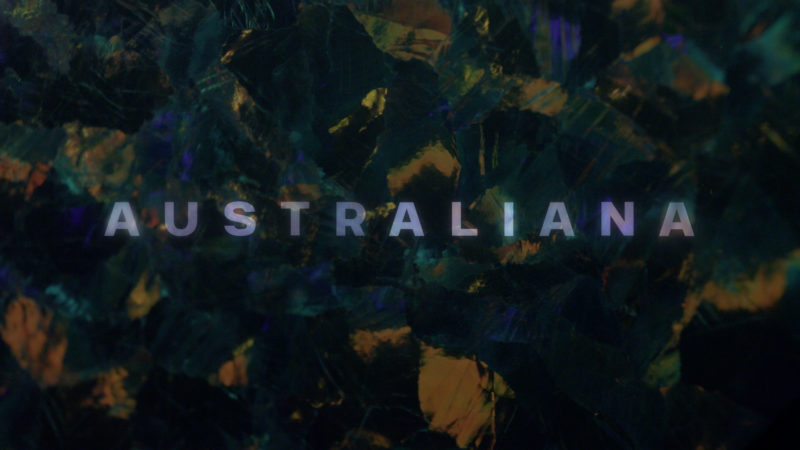Making television cool again: Why Vice premiered its latest digital series on TV
In an unexpected move from Vice, the company’s new digital series Australiana premiered recently on SBS Viceland. Yes – on actual TV. Zoe Samios chats with Katy Roberts, Vice’s head of video, about the new series, the future of digital video and making television cool again.
While TV networks are using digital to drive audiences to their programs, Vice has reversed the strategy, using free-to-air broadcast television service SBS Viceland to launch its new digital series Australiana.
The locally produced series, which tells the story of modern Australia through the eyes of the ‘marginalised, ignored and the plain bizarre’, launched last week via Vice’s free-to-air TV network SBS Viceland before being rolled out through its digital vertical Vice Video.


